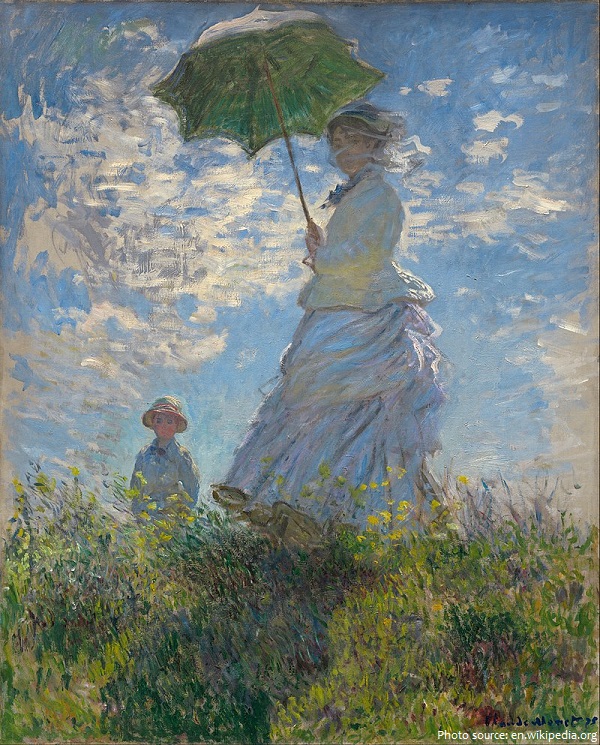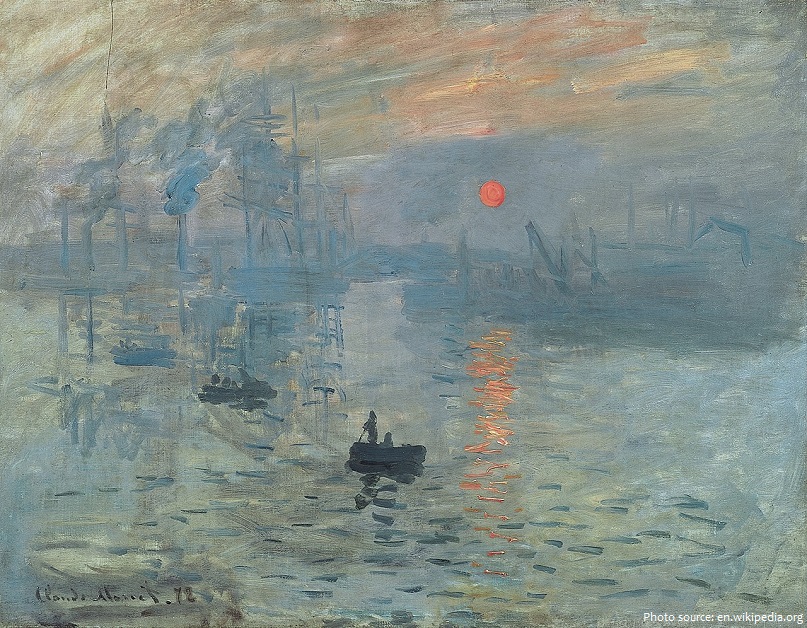
Impressionism was an art movement in France at the end of the 19th century.
It is perhaps the most important movement in the whole of modern painting.
The Impressionists were a group of artists renowned for their innovative painting techniques and approach to using color in art. Their paintings became the most popular art form of the 20th century with the public and collectors alike.
5 characteristics of impressionism are: vague forms, bright colours, visible brushstrokes, everyday contemporary subjects, and the work is not painted in the studio.
The Impressionists held eight exhibitions from 1874 through 1886.
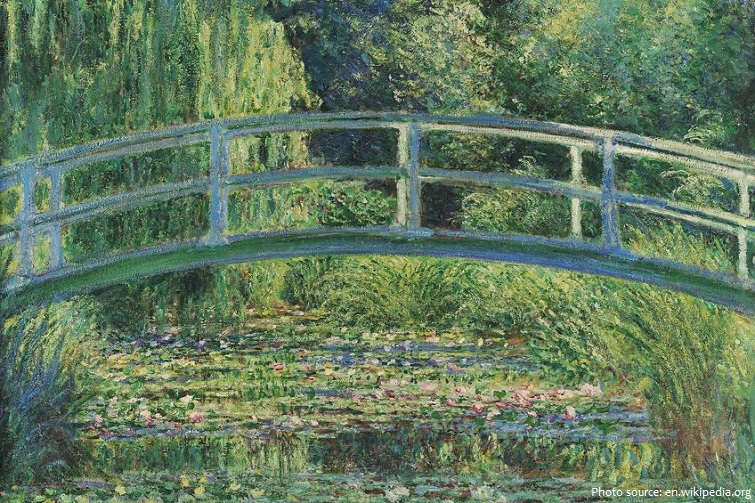
The most conspicuous characteristic of Impressionism in painting was an attempt to accurately and objectively record visual reality in terms of transient effects of light and colour.
The first piece of art to inspire the critical nickname “impressionism” was Claude Monet’s 1873 piece “Impression: Sunrise,” a piece that was presented at the first exhibition in 1874. Conservative painter Joseph Vincent was quoted in a review in increasingly sarcastic ways, calling Monet’s work “not as finished as wallpaper.” To call someone an “Impressionist” in 1874 was an insult, meaning the painter had no skill and lacked the common sense to finish a painting before selling it.
The principal Impressionist painters were Claude Monet, Pierre Auguste Renoir, Camille Pissarro, Alfred Sisley, Berthe Morisot, Armand Guillaumin, and Frédéric Bazille, who worked together, influenced each other, and exhibited together.
These artists became dissatisfied early in their careers with academic teaching’s emphasis on depicting a historical or mythological subject matter with literary or anecdotal overtones. They also rejected the conventional imaginative or idealizing treatments of academic painting.
Monet was a leader of the movement, and his brief brush strokes and fragmented color application found their way into the works of others.
He was particularly interested in the passage of time in his portrayal of light. His series of paintings capturing Rouen Cathedral at different times of the year and day offer clear examples of Monet’s ideas on how a subject can be transformed by properties around it. His most famous of this series is 1894’s Rouen Cathedral: The Facade at Sunset.
Renoir was considered the other leader of the Impressionist movement. He shared Monet’s interests but often preferred to capture artificial light in places like dance halls and directed his studies of the effects of light on figures, particularly the female form, rather than scenery, and he frequently focused on portraiture.
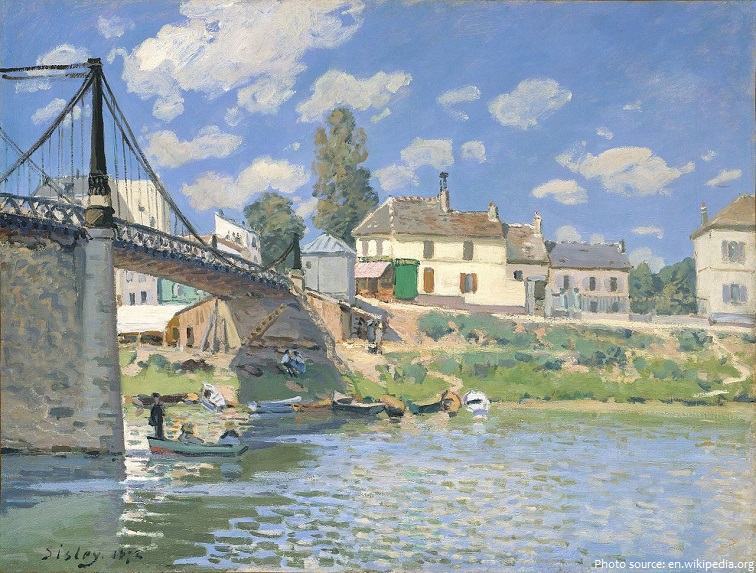
Monet, Renoir, Degas, and Sisley had met through classes. Berthe Morisot was a friend of both Degas and Manet (she would marry Édouard Manet’s brother Eugène by the end of 1874). She had been accepted to the Salon, but her work had become more experimental since then. Degas invited Morisot to join their risky effort. The first exhibition did not repay the artists monetarily but it did draw the critics, some of whom decided their art was abominable. What they saw wasn’t finished in their eyes; these were
mere “impressions.” This was not a compliment.
The Impressionists mounted eight shows from 1874 to 1886, although very few of the core artists exhibited in every show. After 1886, the gallery dealers organized solo exhibitions or small group shows, and each artist concentrated on his or her own career.
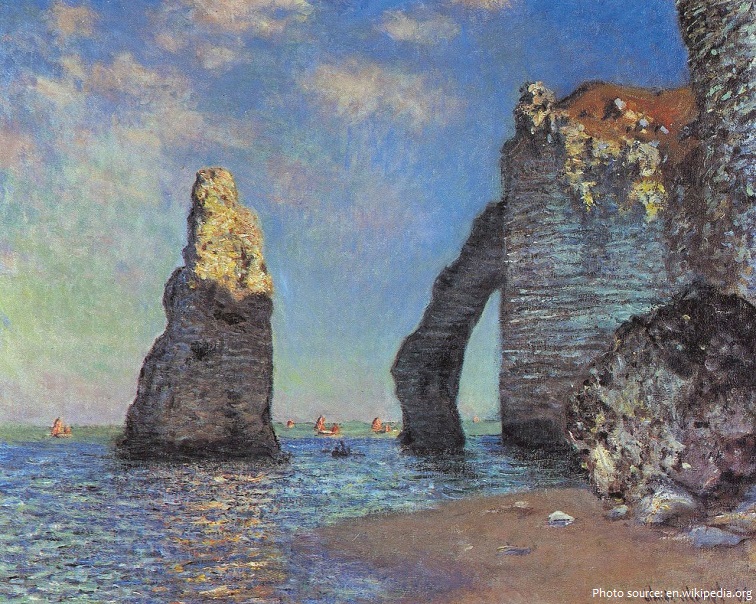
Impressionism created a new way of seeing the world. It was a way of observing the city, the suburbs, and the countryside as mirrors of the modernization that each of these artists perceived and wanted to record from their point of view. Modernity, as they knew it, became their subject matter. Mythology, biblical scenes and historical events that had dominated the revered “history” painting of their era were replaced by subjects of contemporary life, such as cafes and street life in Paris, suburban and rural leisure life outside of Paris, dancers and singers and workmen.
Paul Cézanne lurked at the edges of the Impressionist movement and was pivotal to Post-Impressionism, which also included major painters like Paul Gaugin, Henri de Toulouse-Lautrec, Edvard Munch, Gustav Klimt and Vincent van Gogh.
Prior to the Impressionists, other painters, notably such 17th-century Dutch painters as Jan Steen, had emphasized common subjects, but their methods of composition were traditional. They arranged their compositions so that the main subject commanded the viewer’s attention. J. M. W. Turner, while an artist of the Romantic era, anticipated the style of impressionism with his artwork.
In music, it was to convey an idea or affect through a wash of sound rather than a strict formal structure.
